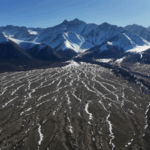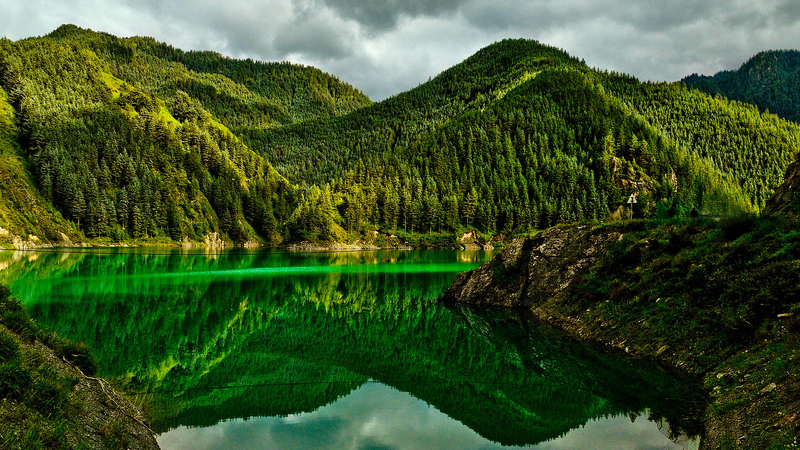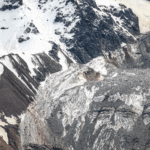Ever wondered how ancient lakes hold secrets to our planet’s climate future? A groundbreaking study led by Lanzhou University is decoding the past to predict how mid-latitude Asia’s fragile ecosystems might respond to modern challenges. 🌍💧
Unlocking 18,000 Years of Lake Evolution
Researchers focused on Xinjiang’s Ebinur Lake, a natural lab sandwiched between the icy Tianshan Mountains and the arid Junggar Basin. Using cutting-edge single-grain K-feldspar dating, the team mapped the lake’s dramatic shifts over millennia—and what they found is a climate puzzle with high stakes for today.
Glaciers, Monsoons, and Human Footprints
The study reveals that glacier meltwater and fluctuating rainfall from Westerlies and East Asian summer monsoons drove unpredictable lake changes. But here’s the kicker: while natural cycles shaped these trends for thousands of years, human activities are now accelerating the risks. 🏔️⛈️
Why This Matters for Gen Z
With desert-lake ecosystems under threat, understanding these patterns could help communities prepare for water scarcity or flooding. Professor Li Guoqiang’s team emphasizes that blending historical data with modern tech is key to safeguarding water resources in a warming world. 💡🌱
Published in GSA Bulletin, this research isn’t just for scientists—it’s a roadmap for climate resilience, connecting ancient Earth to your TikTok feed. 📚✨
Reference(s):
New study reveals drivers of lake evolution in mid-latitude Asia
cgtn.com





